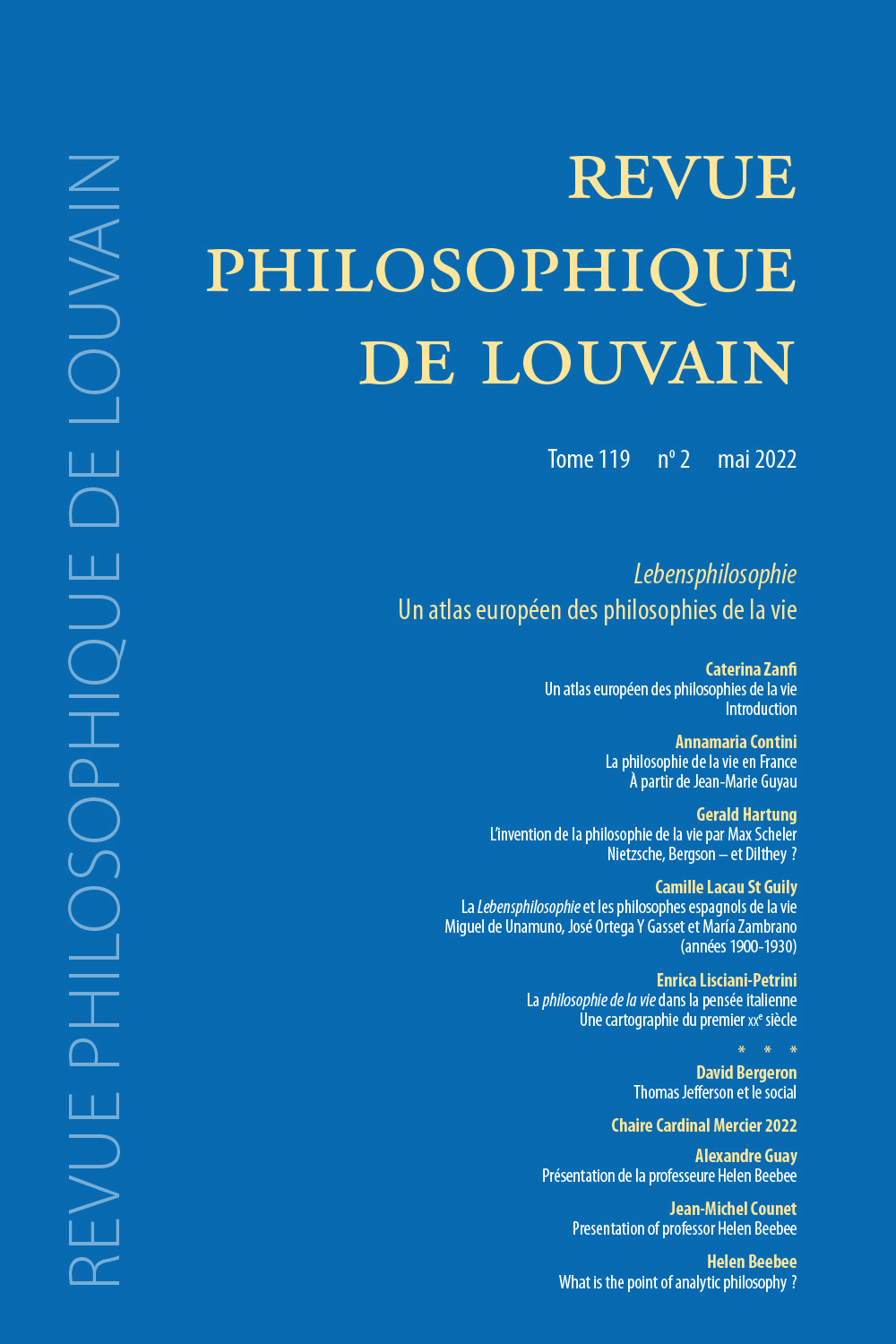next article in this issue  |

Preview first page |
Document Details : Title: L'Être comme polla chez Platon Subtitle: Les enseignements du 'Parménide' et du 'Sophiste' Author(s): PASQUA, Hervé Journal: Revue Philosophique de Louvain Volume: 94 Issue: 1 Date: février 1996 Pages: 7-18 DOI: 10.2143/RPL.94.1.541813 Abstract : L’Être est l’Un. Tel est l’héritage que Platon reçoit de Parménide. Non pas l’Être est un, mais: l’Être est l’Un. Autrement dit, l’Un n’est pas prédicat ni accident de l’Être, il en constitue l’essence. Quand l’Éléate affirme: l’Être est, le non-Être n’est pas, Platon comprend: l’Un est, le non-Un n’est pas. Dès lors, le sens du parricide que va commettre l’Étranger dans le Sophiste sera non pas, comme on l’entend traditionnellement: l’Être n’est pas, le non-Être est, mais l’Un n’est pas, le non-Un est. En refusant l’identification parménidienne de l’Être à l’Un, Platon révèle son véritable dessein, à savoir, montrer que l’Être, le réellement réel, le ontôs on, c’est le Plusieurs (les Idées). Being is the One. This is Plato’s inheritance from Parmenides`. Not that Being is one, but: Being is the One. In other words: the One is not a predicate or an accident of Being, but is its essence. When the thinker from Elea affirms that Being is and non-Being is not, Plato understands: the One is, the non-One is not. Hence the meaning of the patricide which the Foreigner is going to commit in the Sophist will not be the traditional interpretation: Being is not, non-Being is, but: the One is not, the non-One is. By refusing to follow Parmenides’ identification of Being with the One, Plato reveals his true purpose, namely that of showing that Being, the really real, the ontôs on, is the Manifold (the Ideas). |
|


